Name Hernando de Saavedra Role Politician | Spouse Jeronima de Contreras | |
 | ||
Occupation Spanish colonial Governor Children Geronima, Isabel and Maria Parent(s) Martin Suarez de Toledo, Maria de Sanabria | ||
por qu estudiar en el instituto hernando arias de saavedra
Hernando Arias de Saavedra (September 10, 1561 – 1634), commonly known as Hernandarias, was a soldier and politician of criollo ancestry. He was the first person born in the Americas to become a governor of a European colony in the New World, serving two terms as governor of Governorate of the Río de la Plata, 1597–1599 and 1602–1609, and one of the Governorate of Paraguay 1615–1617.
Contents
- por qu estudiar en el instituto hernando arias de saavedra
- Spot hernando arias de saavedra marzo 2013
- Early life
- Governor of Rio de la Plata
- Cathedral of Buenos Aires
- Official decrees
- Marriage and family
- Legacy
- References
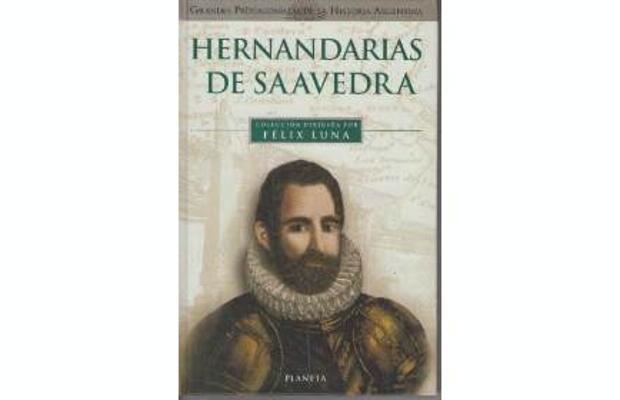
Spot hernando arias de saavedra marzo 2013
Early life
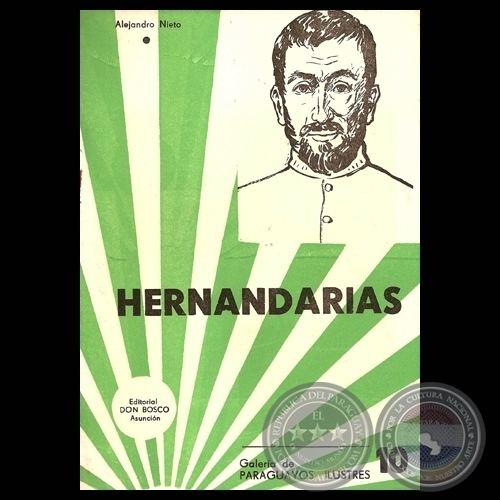
Hernandarias was born in Asunción, colonial Paraguay as the second son of María de Sanabria and Martín Suárez, an officer under Álvar Núñez Cabeza de Vaca. He had a sister, Juana de Saavedra, who later married Juan de Garay, the father of Jerónima de Contreras. His maternal grandparents were Diego de Sanabria and Mencia Calderón de Sanabria, who were wealthy from their holdings in Paraguay.
He entered the military at an early age. He participated in the exploration and conquest of the territory of what is now Paraguay and Argentina. His talents as an officer and administrator led to his being named lieutenant-governor of Asunción in 1592 by Juan Ramírez Velasco. He served three terms. While claiming most officials from Spain or Peru were lazy or corrupt, the new governor Diego Rodríguez Valdés Vanda y Lugarteniente wrote about Hernandarias:
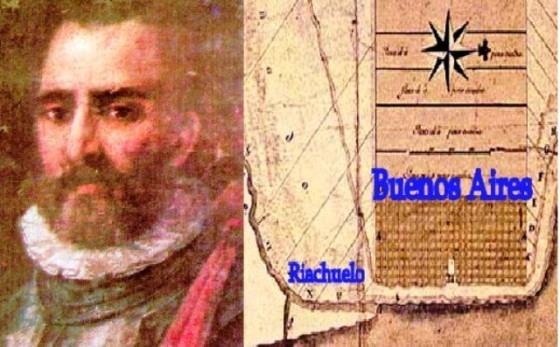
In the same period, Hernandarias' half-brother, Hernando de Trejo, was named bishop of the Roman Catholic see of Asunción.
Governor of Rio de la Plata
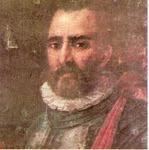
In 1596 Hernandarias was elected as Lieutenant-Governor of the Rio de la Plata province, including Buenos Aires. In 1597, upon the death of governor Valdés Vanda, King Phillip II ordered captain Francisco de Barraza to name a new governor of the province of Rio de la Plata. Hernandarias was elected unanimously by the caudillo in Asunción as the governor of Rio de la Plata province, including Buenos Aires.
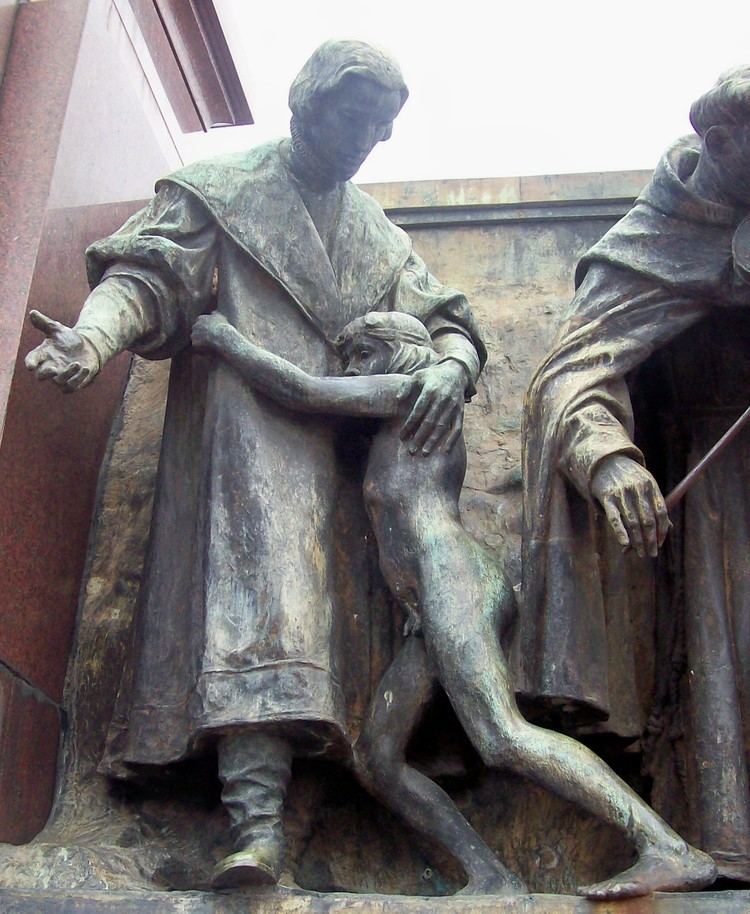
Hernandarias would go on to serve three terms as governor: 1597–1599, 1602–1609, and 1615–1617. As governor, he enacted a number of policies to stimulate the growth of what was at that time a small port town. These included the creation of the first primary schools, kilns for creating bricks and tiles to replace adobe as a construction material, and the rebuilding of a fortress to protect the city from pirates. Following the capture of two anchored ships by English privateers on March 18, 1607, he ordered the construction of a larger fort at the mouth of the Matanza River, in what is now the neighborhood of Vuelta de Rocha. He also enacted measures against smuggling caused by prohibitions on import, export and the African slave trade. During his term as governor of Buenos Aires, Hernandarias started several expeditions, including ones to Uruguay and Brazil to rein in the Portuguese bandeirantes, explore the Patagonia, survey the navigability of rivers and to find the mythical City of the Caesars. Eventually in 1604, he was captured by the native Mapuche around 1,000 km south of Buenos Aires. He escaped and survived.
In 1603, Hernandarias changed the rules on Amerindian workers, ending the mita and encomienda labor systems. The Spanish had essentially depended on native labor in exchange for nominally converting them to Christianity. He gained approval for this reform from King Phillip III. In 1608 he arranged the creation of the Jesuit and Franciscan reductions in the region of Guayrá (modern Paraguay). While it relocated many natives, compared to the previous system, it protected them from the ranchers and the encomienda. In 1611, visiting judge Francisco de Alfaro ordered the emancipation of all natives working on encomiendas who had been converted by the Jesuits. His proclamation is known as the Ordenanzas de Alfaro.
As Governor of the Governorate of the Río de la Plata, Hernandarias at the beginning of the 17th century opposed the burgeoning mate industry. He thought it was an unhealthy bad habit, and that too much of the Indian workforce was consumed the drink. He ordered an end to the production in the Governorate of the Río de la Plata, while seeking approval from the Crown. It rejected his ban, as did the people involved in production, who never complied with the order.
Cathedral of Buenos Aires
Hernandarias was directly involved in the relocation of the church in Buenos Aires in 1603. In 1616 craftsmen determined that the church's roof was deteriorating, and, in the course of repairs, the church collapsed. 1618 Hernandarias led the effort to construct the Cathedral of Buenos Aires. Working with carpenter Pascual Ramírez, Hernandarias secured a supply of lumber from Paraguay as well as labor from Spanish colonists and converted natives. On the construction of the Cathedral, Hernandarias wrote in a letter about the construction of the Cathedral:
Official decrees
On September 7, 1614 Hernandarias was named governor of Buenos Aires for his third and final term. He assumed the post on May 29, 1615. He introduced an initiative to split the Río de la Plata district in two: the Province of Buenos Aires, and the Province of Paraguay, including the settlements of Asunción, Santiago de Jerez, Villa Rica and Ciudad Real. Though ordered in 1617, the partition needed the approval of the king, which was granted in 1618. The change was not carried out until 1620. After the expiry of his term in 1617, Hernandarias was succeeded as governor by Diego de Góngora.
Marriage and family
In his personal life, he was married to Jerónima de Contreras with whom he had three daughters: Gerónima, Isabel and María Hernandarias retired with his wife to Santa Fe, Argentina, where he died in 1634 at the age of 72. His remains and those of his wife were interred at the convent of San Francisco, in Santa Fe.
